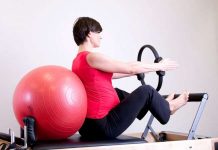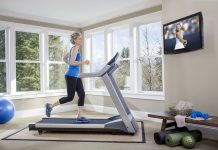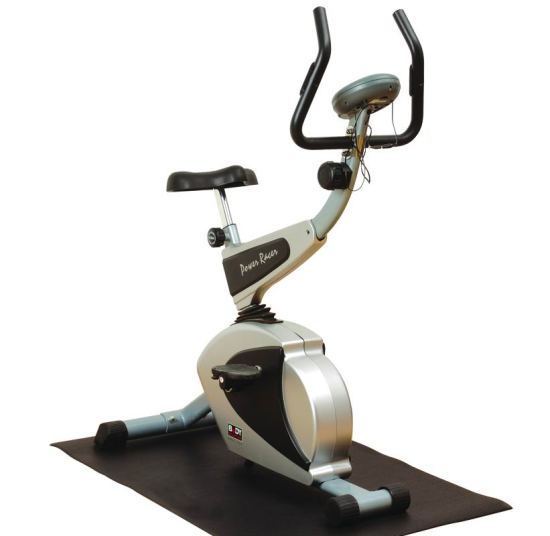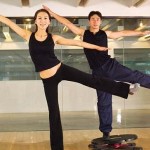1. A great workout
Fitness Rowing Machines give you a fantastic cardio workout. You are using just about every muscle in your body, including your heart, and increasing your strength and fitness.
Rowing helps to develop the muscles in the arms, shoulders, legs and the all-important core muscles of the trunk, including your abs.
A rowing machine provides a low-impact workout and so eliminates strain on your joints.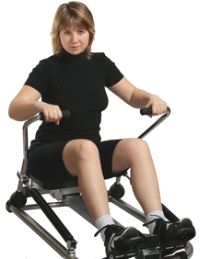
2. Weight loss
Rowing machines are an effective tool for weight loss both because of the cardiovascular effects and the muscle development that is possible with regular use of the machines.
You can increase the resisitance and/or speed to burn more calories; you can use short intervals of high intensity separated by longer periods of your usual intensity. Interval training works your muscles harder; by building more muscle, you will burn more calories even when you are at rest.
3. Use the rowing machine correctly and safely
If you haven’t exercised for a while, the rowing machine is not the place to start. Do several sessions on a treadmill to improve your fitness, and some strengthening exercises for your back, legs, arms and abdominals before you use this machine. Always stretch before starting any workout; you will need to do hamstring, calf, arm, trunk and back stretches before you get on the fitness rowing machine.
Set the resistance to suit your fitness level and sit on the machine. When you hold the handles, have a firm but relaxed grasp. The action is to pull the handles with your arms and push your body back with your legs.
Maintain a good upright posture to protect your lower back, and keep your shoulders down. Allow the resistance of the machine to pull you forward from the extended position; at the same time bend your legs and straighten your arms. Remember to breathe! Time your breathing to breathe in as you recoil forward and breathe out as you push backwards.
4. Protect your back
Back pain is debilitating and is to be avoided at all costs. Make sure you have developed some strength in your back, abdominals, legs and arms before you attempt a session on a fitness rowing machine. If you have warmed up properly with stretches and lateral bends before you sit on the rower, you have taken the first steps to protecting your back.
Watch your posture on the machine – keep a straight back, use your legs for propulsion not your neck or back muscles, and keep your shoulders away from your ears. During the push-back phase, use your leg muscles right through to the hip to prevent bending at the lower back and straining this area.
5. Different types of resistance in fitness rowing machines
Not all rowing machines are based on the same technology. There are the machines that use fans to achieve air resistance; these are quite noisy machines. In an attempt to correct this noise, machines were made combining air and magnets which then developed into magnetic resistance rowers, which are almost noise-free.
Air and magnetic rowing machines also give a smooth movement. The most economical models use pistons to create the resistance, but these don’t give such a smooth ride, and others use water for resistance. If you plan on buying your own fitness rowing machine for working out at home, be aware that they come in different sizes and price ranges. Try before you buy to ensure you have the most suitable model.

